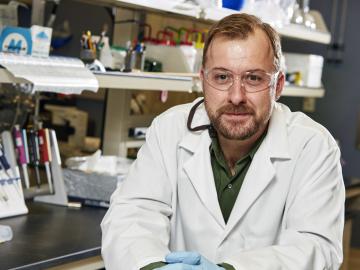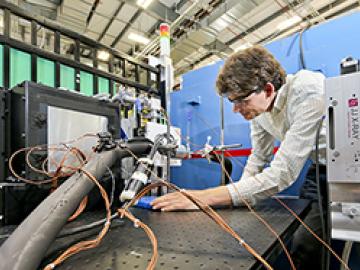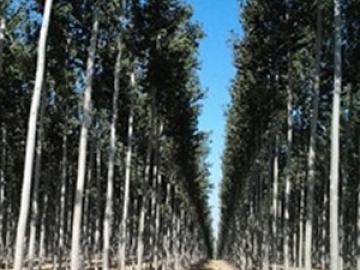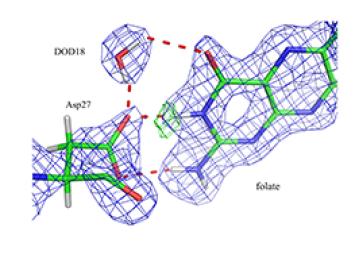Filter News
Area of Research
- Advanced Manufacturing (1)
- Biology and Environment (23)
- Biology and Soft Matter (1)
- Chemical and Engineering Materials (1)
- Chemistry and Physics at Interfaces (3)
- Clean Energy (14)
- Computational Biology (1)
- Computational Chemistry (1)
- Energy Frontier Research Centers (3)
- Functional Materials for Energy (3)
- Fusion and Fission (7)
- Fusion Energy (2)
- Geographic Information Science and Technology (1)
- Isotopes (7)
- Materials (12)
- Materials for Computing (4)
- Materials Synthesis from Atoms to Systems (3)
- Materials Under Extremes (3)
- National Security (3)
- Neutron Science (10)
- Nuclear Science and Technology (2)
- Quantum Condensed Matter (1)
- Quantum information Science (2)
- Supercomputing (17)
News Type
News Topics
- 3-D Printing/Advanced Manufacturing (4)
- Advanced Reactors (1)
- Artificial Intelligence (4)
- Big Data (1)
- Bioenergy (9)
- Biology (14)
- Biomedical (6)
- Biotechnology (3)
- Buildings (2)
- Chemical Sciences (2)
- Clean Water (3)
- Climate Change (3)
- Computer Science (14)
- Coronavirus (2)
- Cybersecurity (1)
- Decarbonization (3)
- Energy Storage (5)
- Environment (21)
- Exascale Computing (2)
- Frontier (1)
- Fusion (2)
- Grid (1)
- High-Performance Computing (9)
- Isotopes (6)
- ITER (1)
- Materials (4)
- Materials Science (7)
- Mercury (3)
- Microscopy (3)
- Nanotechnology (3)
- National Security (4)
- Neutron Science (6)
- Nuclear Energy (6)
- Physics (2)
- Polymers (1)
- Quantum Computing (1)
- Quantum Science (4)
- Security (2)
- Space Exploration (2)
- Summit (4)
- Sustainable Energy (7)
- Transportation (6)
Media Contacts

Andrew Stack, a geochemist at the Department of Energy’s Oak Ridge National Laboratory, advances understanding of the dynamics of minerals underground.

Scientists who bridge disciplines often take research in new directions. Andrew Stack of the Department of Energy’s Oak Ridge National Laboratory calls on his expertise in geology, chemistry and computing to advance understanding of the dynamics of minerals underground. Working in the Geochemistry a...

Researchers at the Department of Energy’s Oak Ridge National Laboratory have captured undistorted snapshots of refrigerants flowing through small heat exchangers, helping to further elucidate characteristics of heat transfer.

Through drought and flood, winter freeze and summer heat, and the occasional deer nibble or beaver gnaw, trees stand sturdy. Partly, trees can thank genetic makeup, refined through millennia, for the ability to overcome much of what Mother Nature hurls their way.


Inadequate insulation is one of the largest causes of wasted energy, quickly allowing comfortable heating or cooling to disperse air outside.






